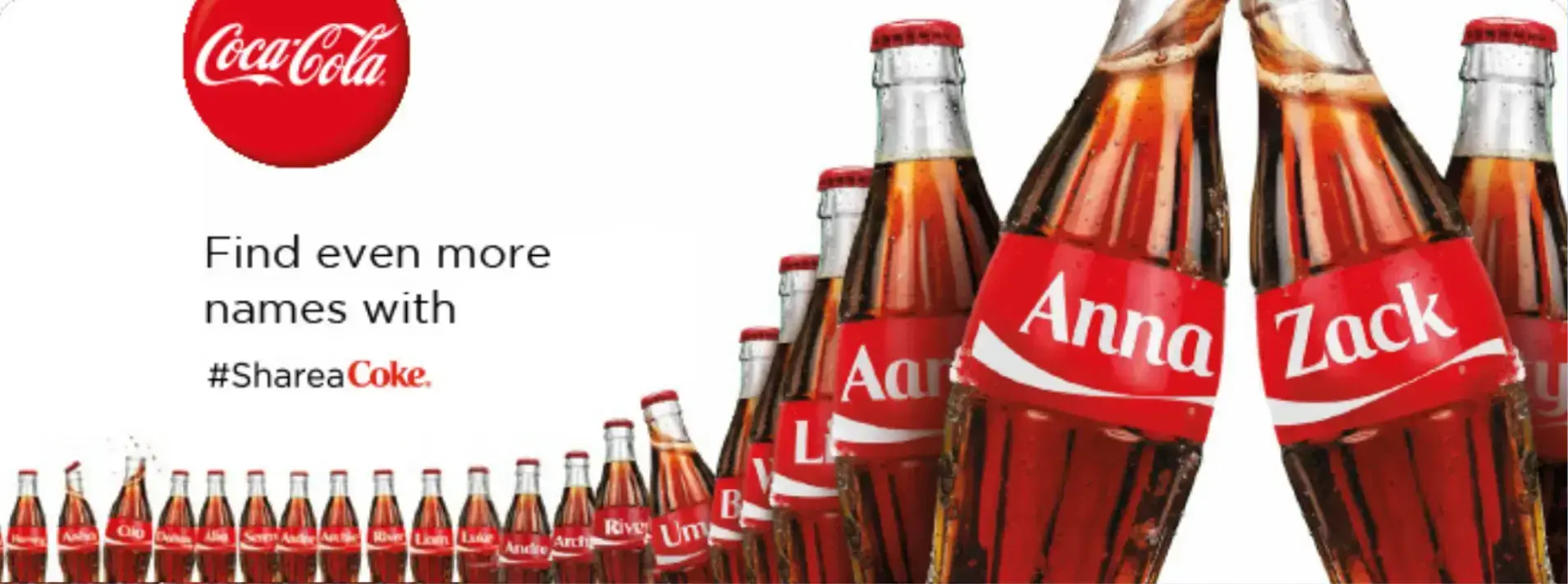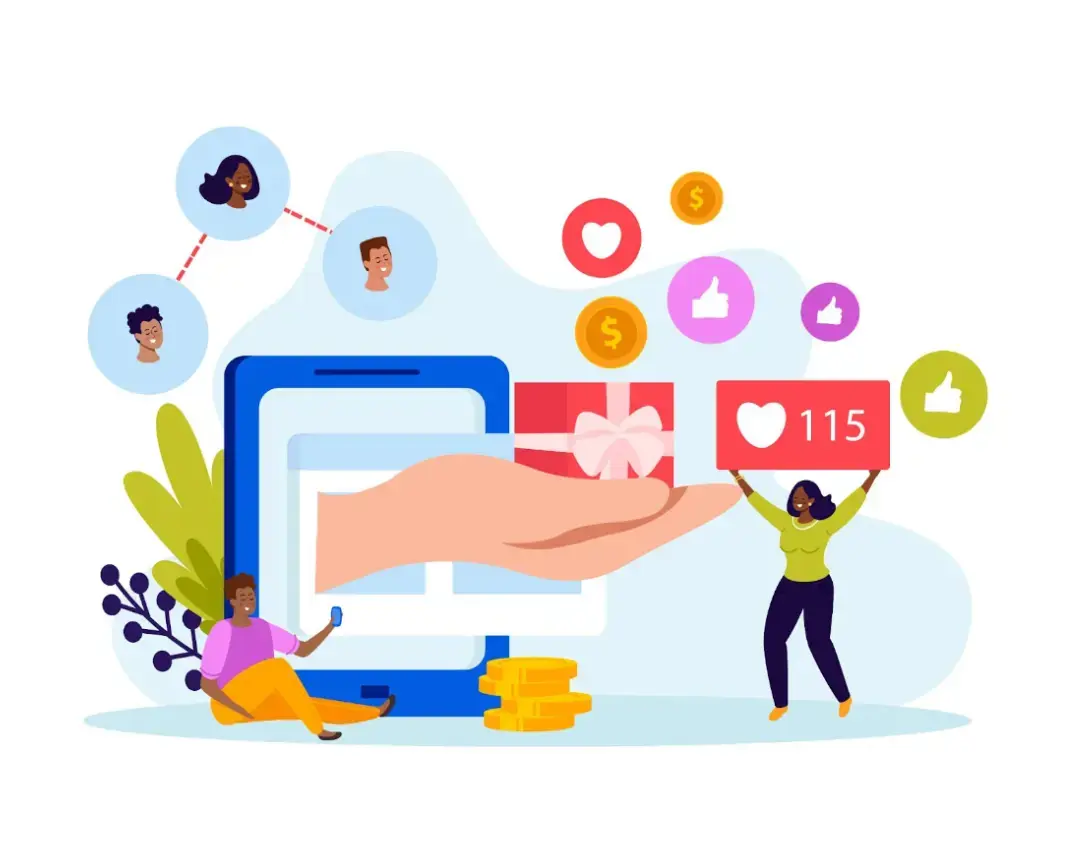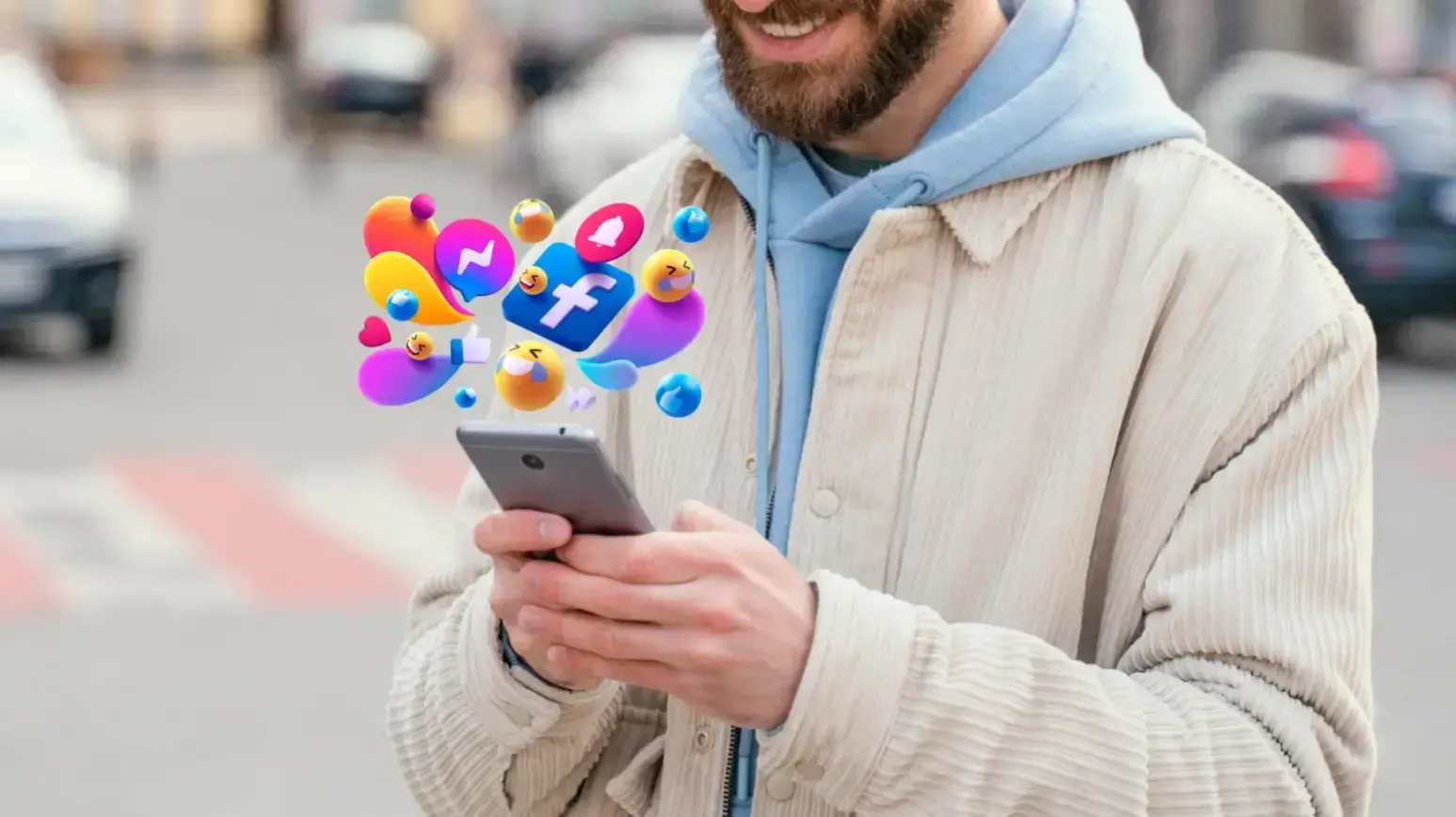Quality content is significant when thriving in the digital age. User-generated content (UGC) connects marketers to their customers by fueling their social media efforts.
From Instagram Reels to YouTube videos, UGC is reconstructing the storytelling of businesses and connecting them with their potential customers. In this blog, you will learn what UGC is, why it is essential, and how it helps businesses with authentic branding.
In this article:
- Types of User-Generated Content
- How Does UGC Help in Authentic Branding?
- Why is UGC the Secret to Authentic Branding?
- Real Examples of Brands Winning with UGC
- How to Encourage and Leverage UGC for Your Brand?
Understanding User-Generated Content (UGC) in Short

Source: Freepik
User-generated content is content created by the customers instead of brands.
Since customers directly source UGC, it displays more authenticity and trustworthiness of a brand. When marketers use UGC, they can expect high engagement and interactions that match their audience.
Types of User-Generated Content

Source: Freepik
People contribute to a brand’s story differently, from written reviews and social media posts to videos, photos, and artwork. Each piece of content adds a unique voice, helping to shape and expand the brand’s reach.
Images
Images make powerful user-generated content, and users can share them across various platforms. These might include snapshots of customers enjoying a product or service, or a simple photo with a quote highlighting their experience.
Sharing these images on social media, websites, emails, and other channels helps reinforce trust where video may not be the ideal format.
Videos
Videos are another engaging form of UGC. Customers share their experiences through product demonstrations, unboxing clips, or tutorials.
Behind-the-scenes footage can also add a personal touch, showing employees at work or sharing what they enjoy about being part of the team.
Creative content
Some customers go beyond reviews and photos by creating original artwork or other creative content inspired by a brand.
Whether through illustrations, graphics, or digital designs, these artistic expressions showcase their talent and enthusiasm.
Social media
Social media is the most significant source of user-generated content. Platforms like Facebook, Instagram, and Twitter feature everything from unboxing videos and testimonials to posts and contests.
Tags and hashtags make it easier to track and collect this content, helping brands stay connected with their audience.
How Does User-Generated Content Help in Authentic Branding?
User-generated content significantly impacts brands that want to enhance their campaigns and gain authenticity. Genuine content by existing customers develops trust among potential customers.
When users share their experience using a brand's products or services, UGC offers proof to potential customers. This helps strengthen the brand's credibility and increases engagement.
This inspires them to create more content, making brands more visible and gaining more conversions. Let’s check how UGC helps in authentic branding:
Why is UGC the Secret to Authentic Branding?
Builds trust and credibility
User-generated content is trustworthy and reliable for consumers. According to research, 6 in 10 consumers believe that UGC represents the most authentic marketing content.
When customers share their experiences through reviews, photos, or videos, it adds a layer of honesty that polished advertisements cannot match.
Seeing real people use a product or service reassures potential buyers and builds confidence in the brand.
Improves engagement
When users share their experiences, discussions naturally spark. Customers feel valued and heard with comments, likes, and shares.
Responding to user posts and featuring their content encourages more participation, making the brand feel less like a business and more like a community.
Strengthens community & brand advocacy
When people see their content acknowledged and shared by a brand, it creates a sense of belonging. This recognition fosters loyalty and turns casual buyers into passionate supporters.
Over time, these engaged users become advocates who consistently recommend the brand to their network, driving organic growth.
Boosts conversion rates
Seeing others enjoy a product or service makes people more likely to buy. UGC provides real-world proof that a brand delivers on its promises.
Whether it’s a glowing testimonial, an unboxing video, or a transformation photo, such UGC ads maker, influence potential customers and remove doubts that might prevent a purchase.
Cost-effective marketing strategy
Traditional advertising depends on budget, but UGC spreads naturally.
Encouraging user participation through contests, shout-outs, and rewards keeps the content flowing without needing a heavy marketing spend.
People appreciate brands that listen, engage, and celebrate their customers. By embracing UGC, businesses create a more substantial, relatable presence that stands out in a crowded market.
Real Examples of Brands Winning with UGC
Coca-Cola’s “Share a Coke” campaign

Source: CocaCola UNITED
Coca-Cola ran a "Share a Coke" campaign, replacing its traditional logo on bottles with popular names. People eagerly searched for bottles with their names, sharing photos and stories online.
Platforms like Beerwulf further enhance this sense of connection and discovery.
GoPro’s customer-generated video content

Source: GoPro
GoPro became popular by allowing users to tell the story. Adventurers, athletes, and everyday users now capture breathtaking moments with GoPro cameras and upload their videos to social platforms.
Airbnb’s “Made Possible by Hosts” campaign

Source: Airbnb
Travelers share photos and personal stories about their stay, creating a rich collection of more genuine recommendations.
By featuring these experiences across its website and social media channels, Airbnb builds trust and encourages new users to book confidently.
How to Encourage and Leverage UGC for Your Brand?

Source: Freepik
Create a branded hashtag
UGC creators can share their experiences using a unique hashtag, allowing brands to track and engage with content.
Run UGC contests & challenges
Offer giveaways, discounts, or recognition to encourage users to share content with followers.
Feature UGC on your website & social media
Highlighting real customer stories strengthens trust. Showcasing user photos, reviews, and testimonials on websites, social media, and email campaigns adds credibility.
Engage & reward contributors
Acknowledging user contributions strengthens relationships.
Users feel valuable when brands like, comment, or reshare their content.
Collaborate with micro-influencers
Partnering with everyday users and niche audiences makes marketing more relatable and genuine.
FAQs
1. What is user-generated content (UGC)?
UGC is any content, such as reviews, images, videos, or social media posts, created by customers for their brand rather than the brand itself.
2. Why is user-generated content important for branding?
UGC builds trust and authenticity, as potential customers value real experiences shared by other users more than branded advertisements.
3. How can businesses encourage customers to create UGC?
Run social media contests, feature customer stories, create branded hashtags, and offer incentives like discounts or giveaways.
4. What are the best platforms to collect and share UGC?
Instagram, Facebook, TikTok, and Twitter are great for collecting UGC, while websites, email campaigns, and ads can be used to showcase it.
5. Is user-generated content legal to use for marketing?
Yes, but businesses should always seek permission from users before reposting their content and credit them appropriately.
6. How does UGC impact SEO?
UGC, such as customer reviews and testimonials, can improve SEO by generating fresh content and boosting engagement signals.
7. Can UGC work for all industries?
Yes, UGC is effective across industries—from fashion and travel to tech and healthcare.
8. How can brands measure the success of their UGC campaigns?
Track metrics like engagement rates, website traffic, and social shares to measure the effectiveness of UGC campaigns.
Conclusion
User-generated content builds trust, increases engagement, and strengthens brand credibility. Encouraging customers to share their experiences creates community and connection.
Why wait? Integrate UGC into your marketing strategy and turn satisfied customers into brand influencers.
Author Bio
Pallavi Godse is a Growth Marketer at Geekflare, specializing in content marketing, SEO, and digital growth strategies. She shares insights on marketing trends, business software, user engagement, and brand growth.


